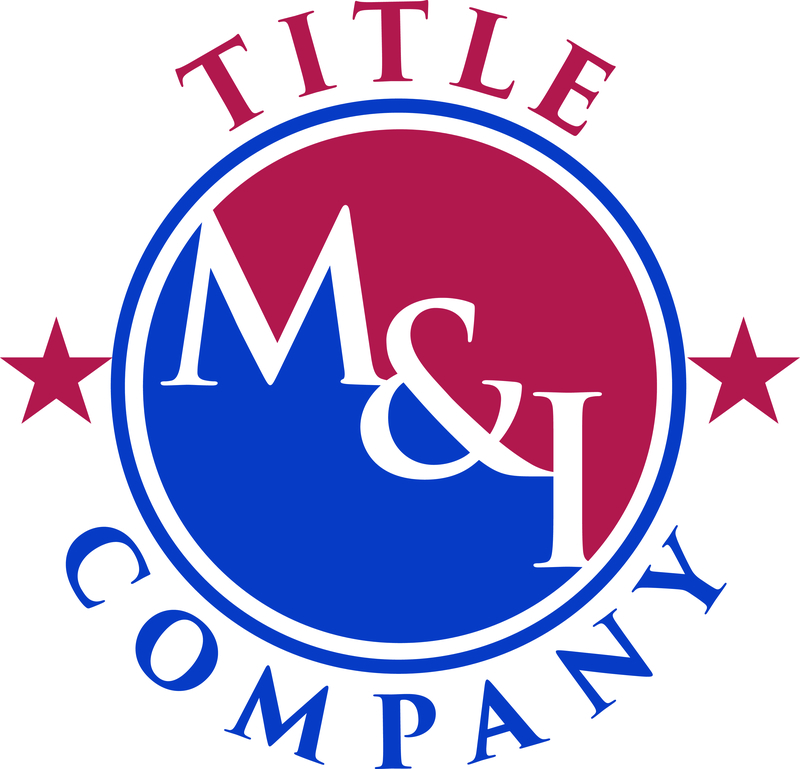 In Britain…
In Britain…
I am not a “misery loves company” guy, nor a “grass on the other side is always greener” guy, but in this case, it’s good to know the grass is greener in the U.S., at least as it relates to the housing market. Granted, I may be getting a little desperate for some good news, but a study I saw on the housing market in Britain by Zoopla.co.uk got my attention when I saw that 80 percent of the 4.32 million homes bought in Britain since 2006 are now worth less than the buyer paid. My first thought was, “wow, our market may be bad, but at least not that bad”, my next thought was, “am I sure about that?”.
The reason for my pause, was that I realized I don’t know that I’ve seen data on homes purchased in the U.S. since 2006 and the percentage of those now worth less. There are reports showing that the number of borrowers in the U.S. that are “underwater” has been 25 to 30 percent of borrowers, but that only looks at their debt on the home, not what was paid for the home, nor when they bought it.
How many homes in the U.S. purchased since 2006 are worth less now?
I decided to take a stab at figuring this out, to see how the U.S. housing market compares to the housing market in Britain, to see if we really do have “bragging rights”. To do so, I took a pretty straight forward (and hopefully reasonably accurate) approach:
- I pulled existing home sales data from the National Association of REALTORS for each month beginning January, 2007 and going through April 2011.
- I pulled the case-shiller 20-city composite home price index for each month from January 2007 through April 2011.
I then took the approach (as the Britain study did) to assume the same purchasers of these homes still own their homes, and then looked at how they would have fared if their home values followed the case-shiller home price index. Unfortunately, using this method, 98 percent of the homes purchased since 2006 are worth less than now, with the homes purchased in March, 2011 being the only one’s worth more. Ugly! This was only depressing me, so I then decided to take more data from the NAR reports, namely the median home prices for each month, and apply that to my data; I assumed everyone bought at the median home price for the month. This worked out a little better and brought it down to 95 percent of the homes purchased since 2006 being worth less now, with the homes purchased in the first three months of this year being worth more.
So, what started out to be an attempt to bring some optimism to our current housing market, turned out to lead to some rather discouraging facts. Granted, my approach is not perfect, and I’m sure a room full of economist’s with PhD’s can come up with better methods, but I’m guessing the outcome would not be significantly different.
The glass is half-full..
Here’s the positive take-away….as I have been saying for a while now, I think home prices in the U.S. have pretty much found the bottom, or something near it, more or less and so many people have purchased homes near this level that every time there is a little uptick, more of these recent homeowners will come to the surface in terms of equity. To illustrate this point, I looked at my data and what would happen to the 22,211,000 home buyers I included in my data, if home prices increased just 3 percent (based on NAR median home prices) from where they are currently and found that at that point just over 82 percent of the homes purchased since 2006 would be worth less. So there you have it, something to look forward to.



Leave a Reply
You must be logged in to post a comment.